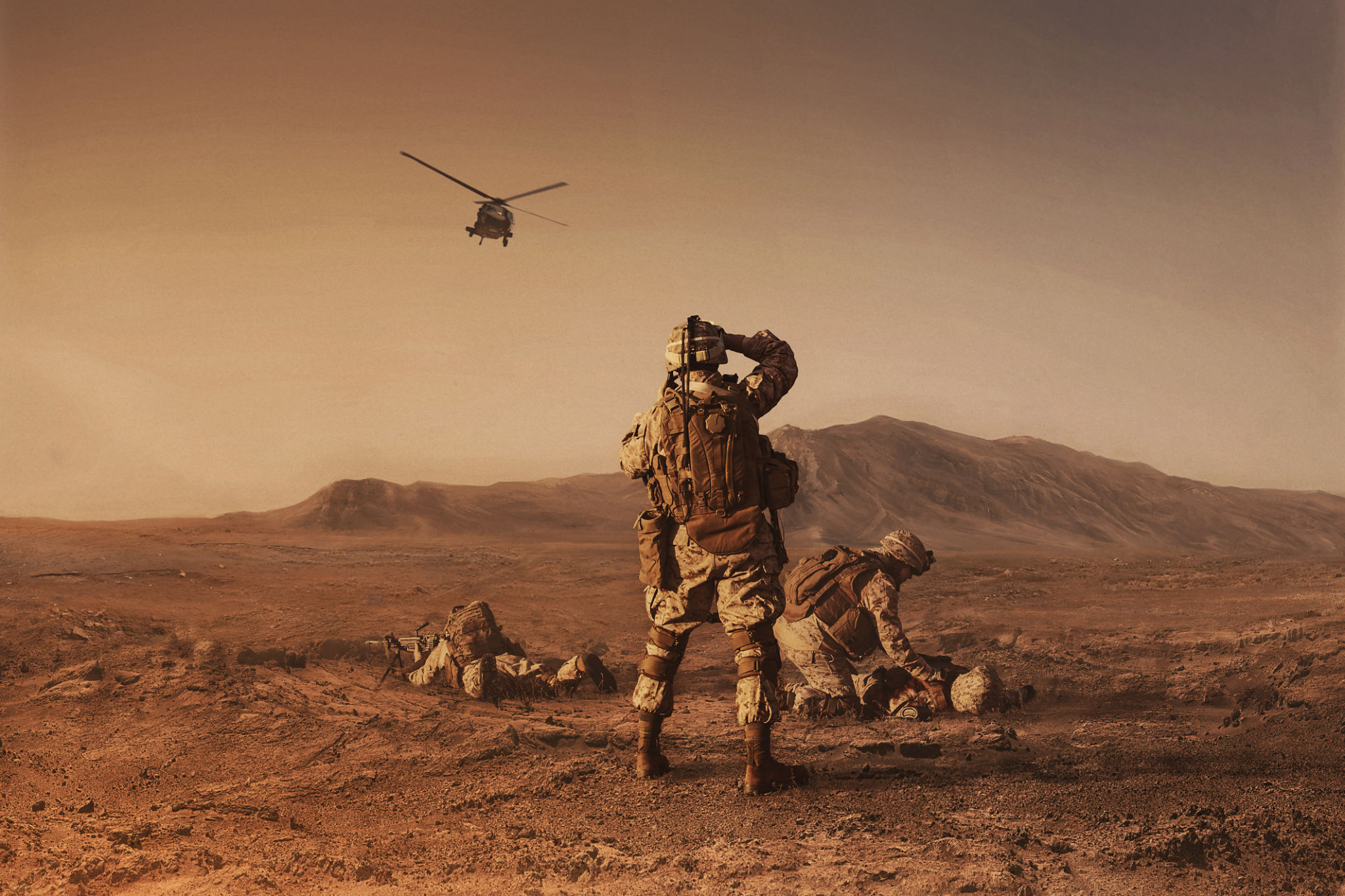The Environmental Challenges of Racing in the Rub Al Khali
The Vastness of the Rub Al Khali
The Rub Al Khali, also known as the "Empty Quarter," is the largest contiguous sand desert in the world, stretching across parts of Saudi Arabia, Oman, the United Arab Emirates, and Yemen. This expansive desert presents a unique set of challenges for any racing event, primarily due to its sheer vastness and extreme environmental conditions. Racing in the Rub Al Khali is not just a test of speed but also of endurance and survival skills.
The harsh environment poses significant difficulties for both participants and organizers. The vast stretches of unbroken sand dunes can be disorienting, requiring advanced navigation skills. Moreover, the extreme temperatures, which can soar above 50°C (122°F), demand careful planning and preparation to ensure the safety of everyone involved in the event.

Extreme Weather Conditions
One of the most daunting environmental challenges in the Rub Al Khali is its extreme weather conditions. The desert's climate is characterized by blistering hot days and freezing nights, creating a harsh environment for racers. Participants must be equipped with appropriate gear to protect themselves from heatstroke during the day and hypothermia at night.
Additionally, sudden sandstorms can occur without warning, drastically reducing visibility and making navigation perilous. These storms can also cause mechanical failures in vehicles, adding another layer of complexity to desert racing. Organizers must ensure that emergency protocols are in place to handle such unpredictable events effectively.
The Impact on Vehicle Performance
The challenging terrain of the Rub Al Khali has a direct impact on vehicle performance. The soft sand dunes require specialized vehicles equipped with powerful engines and advanced suspension systems to tackle the shifting landscape effectively. Regular vehicles would struggle to maintain traction and could easily become immobilized.
Moreover, the fine sand particles pose a risk to engine components, requiring frequent maintenance and air filter changes to prevent damage. Racers must also consider fuel efficiency, as the vast distances between checkpoints demand careful fuel management strategies.

Environmental Conservation Concerns
Racing in any natural environment necessitates a thoughtful approach to ensure that events do not harm the ecosystem. The Rub Al Khali is home to a variety of unique flora and fauna adapted to its harsh conditions. Racing events must be designed to minimize their environmental footprint, avoiding sensitive areas and ensuring that waste is properly managed.
Organizers often collaborate with environmental experts to assess potential impacts and develop strategies to mitigate them. This includes setting strict guidelines for participants regarding waste disposal and vehicle emissions, as well as conducting thorough clean-up efforts post-event.
Technological Innovations in Desert Racing
Advancements in technology are continually improving the safety and efficiency of desert racing. GPS navigation systems have become invaluable tools for racers navigating the featureless terrain of the Rub Al Khali. These systems not only help racers stay on course but also allow organizers to monitor their progress in real-time for enhanced safety.
In addition, innovations in vehicle design are making desert racing more accessible. Lightweight materials and hybrid engines are being integrated into racing vehicles to improve performance while reducing environmental impact. These technological advancements are shaping the future of desert racing, making it more sustainable and exciting.

